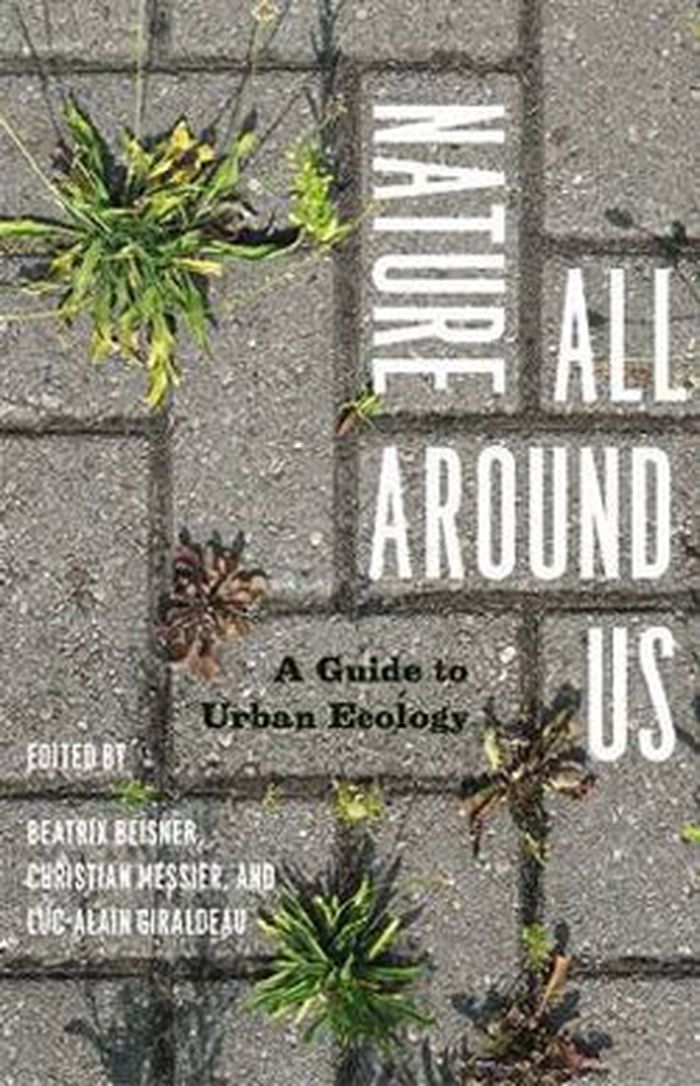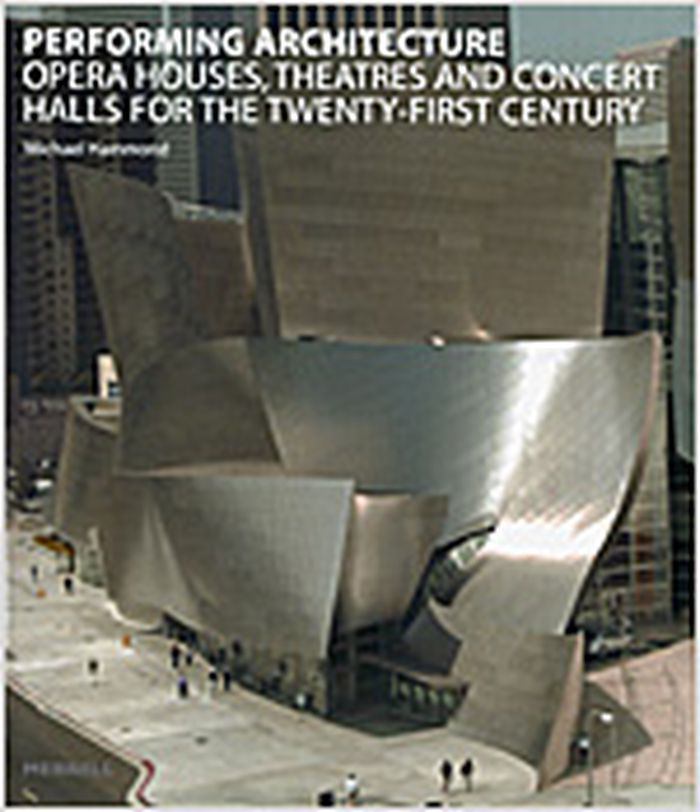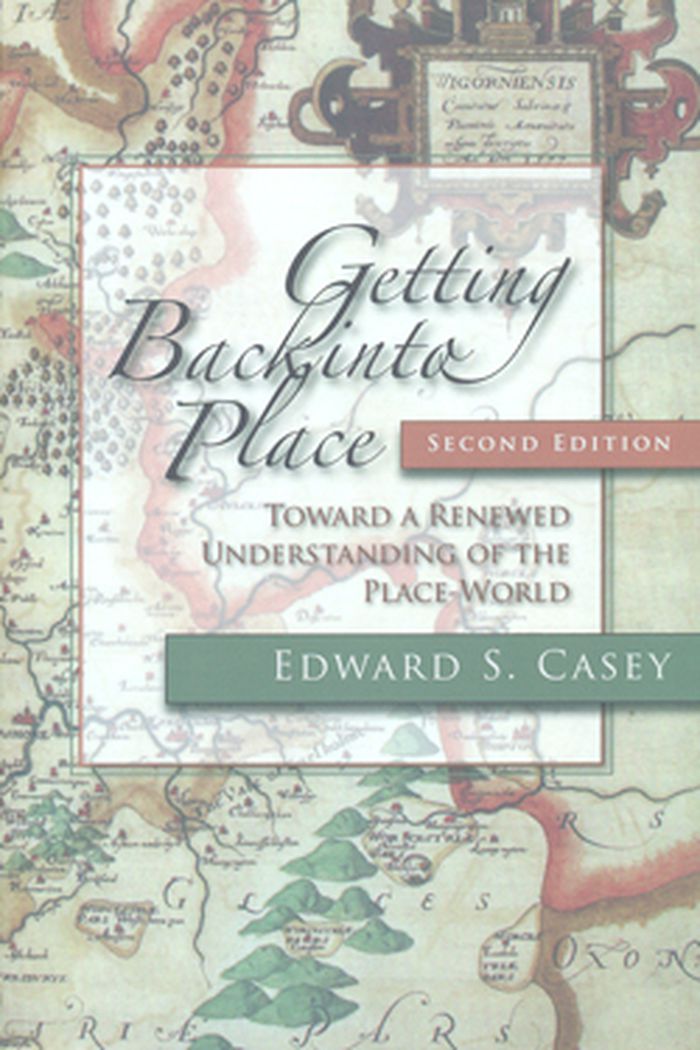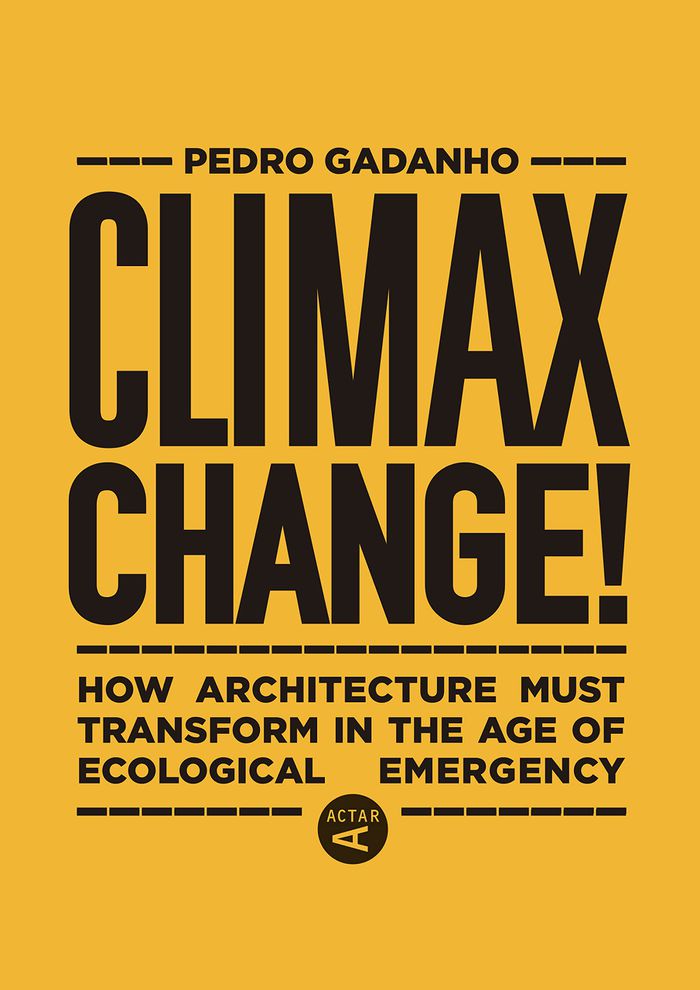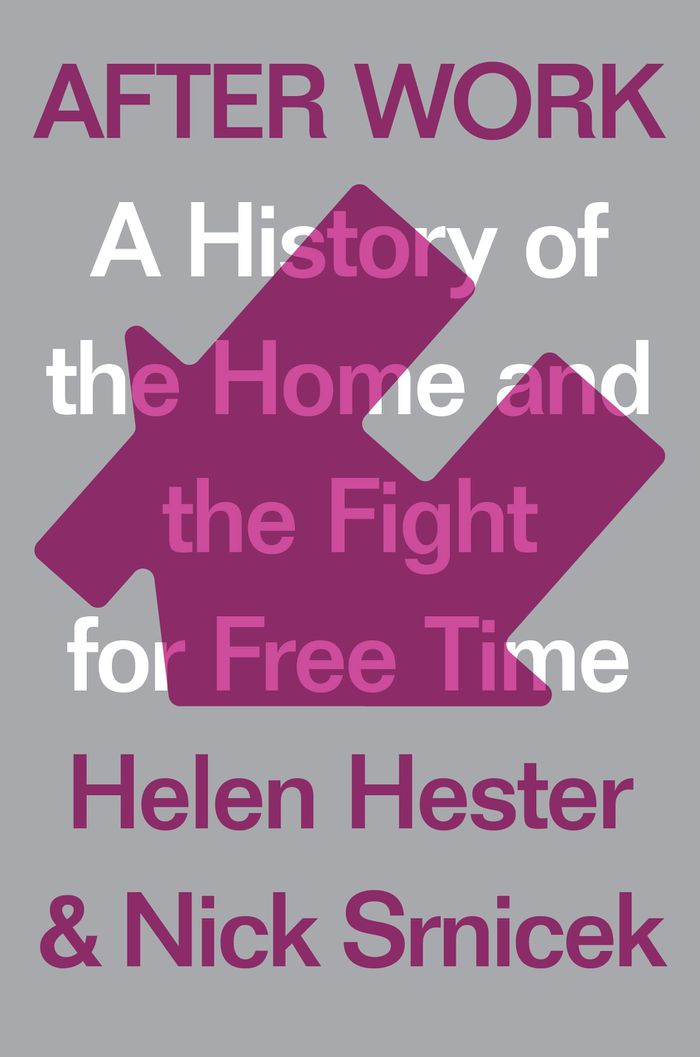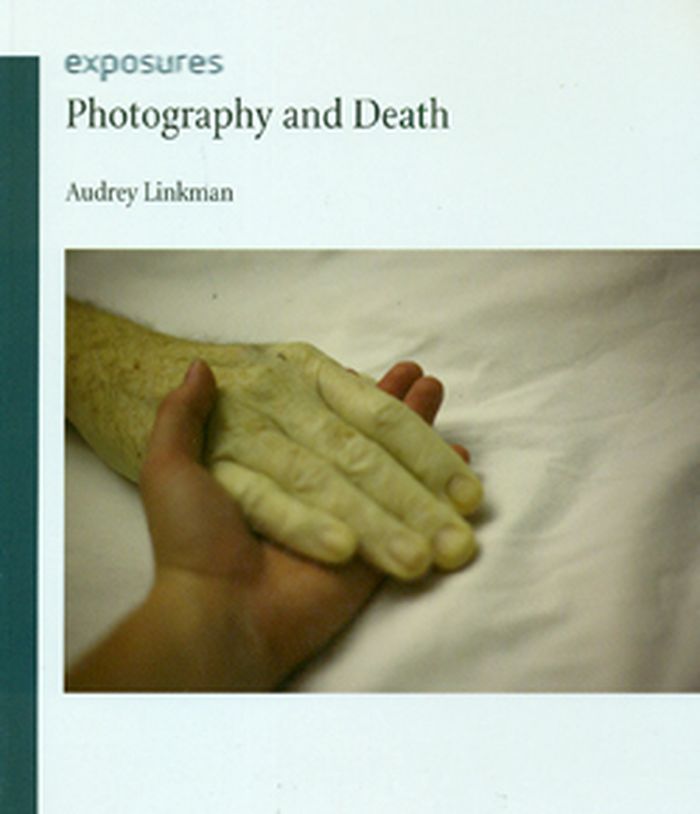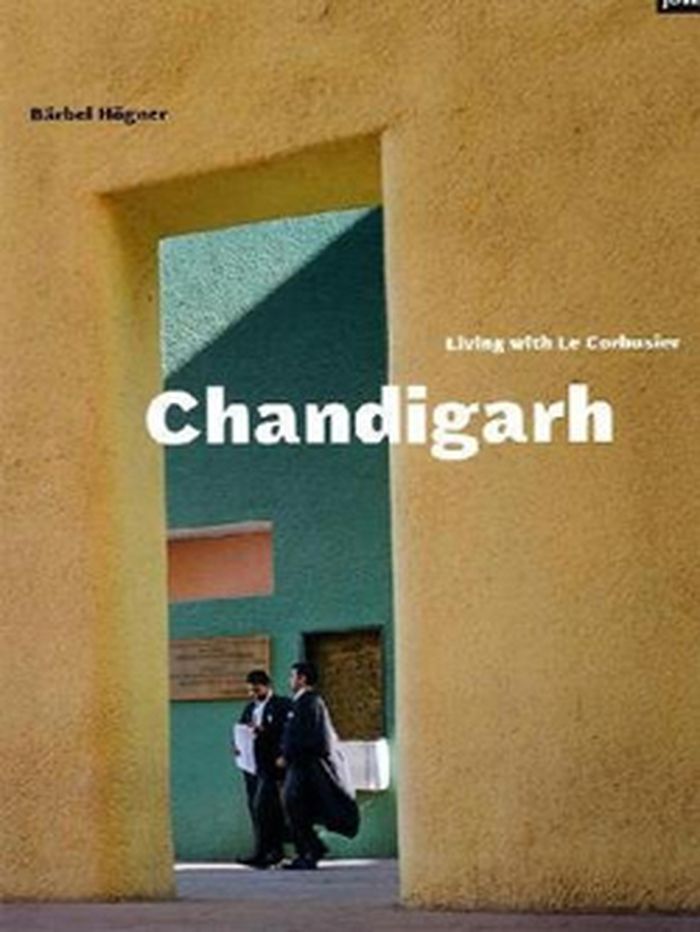$19.95
(available to order)
Summary:
Nature All Around Us uses the familiar in order to introduce basic ecological concepts. It offers in twenty-five short chapters organized by scale, from the home to the neighborhood to the city at large. Various ecological concepts are approachably examined, from understanding why a squirrel might act aggressively towards its neighbor to how nutrients and energy(...)
Urban Landscapes
October 2012
Nature all around us: a guide to urban ecology
Actions:
Price:
$19.95
(available to order)
Summary:
Nature All Around Us uses the familiar in order to introduce basic ecological concepts. It offers in twenty-five short chapters organized by scale, from the home to the neighborhood to the city at large. Various ecological concepts are approachably examined, from understanding why a squirrel might act aggressively towards its neighbor to how nutrients and energy contained within a discarded apple core are recycled back into the food chain. Streaming through the work is an introduction to basic ecology, including the dangers of invasive species and the crucial role played by plants and trees in maintaining air quality.
Urban Landscapes
books
Description:
xiii, 242 pages : illustrations (some color), music ; 32 cm
Princeton, N.J. : Princeton University Press in association with the Sterling and Francine Clark Art Institute, [2000], ©2000
Noble dreams, wicked pleasures : orientalism in America, 1870-1930 / Holly Edwards ; with essays by Brian T. Allen [and others].
Actions:
Holdings:
Description:
xiii, 242 pages : illustrations (some color), music ; 32 cm
books
Princeton, N.J. : Princeton University Press in association with the Sterling and Francine Clark Art Institute, [2000], ©2000
books
Description:
xiv, 260 pages : illustrations ; 24 cm
New York, New York : Columbia University Press, 1990., ©1974
Topophilia : a study of environmental perception, attitudes, and values / Yi-fu Tuan ; with a new preface by the author.
Actions:
Holdings:
Description:
xiv, 260 pages : illustrations ; 24 cm
books
New York, New York : Columbia University Press, 1990., ©1974
Performing architecture : opera houses, theatres and concert halls for the twenty-first century
$49.95
(available to order)
Summary:
Even in this age of varied home entertainment and fast-paced mass media, creative energy is being directed towards new spaces for live performance. Illustrated with photographs, computer renderings and architectural drawings, "Performing Architecture" explores fifty of contemporary performance spaces, as well as recently refurbished, restored and transformed buildings. A(...)
Commercial interiors, Building types
November 2006, London
Performing architecture : opera houses, theatres and concert halls for the twenty-first century
Actions:
Price:
$49.95
(available to order)
Summary:
Even in this age of varied home entertainment and fast-paced mass media, creative energy is being directed towards new spaces for live performance. Illustrated with photographs, computer renderings and architectural drawings, "Performing Architecture" explores fifty of contemporary performance spaces, as well as recently refurbished, restored and transformed buildings. A brief introduction traces the post-war development of theatre and concert hall design, and sets out the circumstances today that have led to such a rich provision for performance. Buildings featured range from Frank Gehry’s Disney Opera House in Los Angeles to the Unicorn Theatre for Children in London; and from the Tenerife Opera House by Santiago Calatrava to the Guangzhou Opera House, China, by Zaha Hadid.
Commercial interiors, Building types
books
Description:
xvi, 430 pages : illustrations ; 24 cm
New York : John Wiley & Sons, ©1996.
A quest for life : an autobiography / Ian L. McHarg.
Actions:
Holdings:
Description:
xvi, 430 pages : illustrations ; 24 cm
books
New York : John Wiley & Sons, ©1996.
$34.95
(available to order)
Summary:
What would the world be like if there were no places? Our lives are so place-oriented that we cannot begin to comprehend the loss of locality. Indeed, the space we occupy has much to do with what and who we are. Yet, despite the pervasiveness of place in our everyday lives, philosophers have neglected it. Since its publication in 1993, Getting Back into Place has been(...)
Getting back into place: toward a renewed understanding of the place-world
Actions:
Price:
$34.95
(available to order)
Summary:
What would the world be like if there were no places? Our lives are so place-oriented that we cannot begin to comprehend the loss of locality. Indeed, the space we occupy has much to do with what and who we are. Yet, despite the pervasiveness of place in our everyday lives, philosophers have neglected it. Since its publication in 1993, Getting Back into Place has been recognized as a pioneering study of the importance of place in people's lives. This edition includes new material that reflects on the development of the field of environmental philosophy and presents Edward S. Casey's current thinking on place and home in our increasingly troubled world.
Architectural Theory
$59.95
(available to order)
Summary:
''Climax change!'' offers an overview of how the current environmental emergency will impact the practice of architecture. At a crossroads in which the construction sector and built environment produce nearly 40% of greenhouse gases accountable for global warming, architects are just starting to acknowledge their complicity in an impending disaster. In need of a(...)
Climax change! Architecture's paradigm shift after the ecological crisis
Actions:
Price:
$59.95
(available to order)
Summary:
''Climax change!'' offers an overview of how the current environmental emergency will impact the practice of architecture. At a crossroads in which the construction sector and built environment produce nearly 40% of greenhouse gases accountable for global warming, architects are just starting to acknowledge their complicity in an impending disaster. In need of a paradigm shift similar to that of the Modern Movement, architecture desperately requires clear guidelines and targets so as to operate its inevitable transformation towards an ecologically-friendly design logic. From historical analyses of ecocide or the environmental avant-gardes, to topics such as decarbonization, degrowth, the Great Transition and the aspirations of Green New Deals, this book features ten essays around today's climate change debates, bringing them home to architectural thinking.
Green Architecture
$35.95
(available to order)
Summary:
Does it ever feel like you have no free time? You come home after work and instead of finding a space of rest and relaxation, you’re confronted by a pile of new tasks to complete – cooking, cleaning, looking after the kids, and so on. In this book, Helen Hester and Nick Srnicek lay out how unpaid work in our homes has come to take up an ever-increasing portion of our(...)
After work: The fight for free time
Actions:
Price:
$35.95
(available to order)
Summary:
Does it ever feel like you have no free time? You come home after work and instead of finding a space of rest and relaxation, you’re confronted by a pile of new tasks to complete – cooking, cleaning, looking after the kids, and so on. In this book, Helen Hester and Nick Srnicek lay out how unpaid work in our homes has come to take up an ever-increasing portion of our lives – how the vacuum of free time has been taken up by vacuuming. Examining the history of the home over the past century – from running water to white goods to smart homes – they show how repeated efforts to reduce the burden of this work have faced a variety of barriers, challenges, and reversals. Charting the trajectory of our domestic spaces over the past century, Hester and Srnicek consider new possibilities for the future, uncovering the abandoned ideas of anti-housework visionaries and sketching out a path towards real free time for all, where everyone is at liberty to pursue their passions, or do nothing at all. It will require rethinking our living arrangements, our expectations and our cities.
Social
Photography and death
$35.95
(available to order)
Summary:
The idea of photographing the dead is as old as photography itself. For the most part, early death photographs were commissioned or taken by relatives of the deceased and preserved in the home as part of the family collection. Once thought inappropriate and macabre, today these photographs are considered to have a beneficial role in bereavement therapy. Photography(...)
Photography and death
Actions:
Price:
$35.95
(available to order)
Summary:
The idea of photographing the dead is as old as photography itself. For the most part, early death photographs were commissioned or taken by relatives of the deceased and preserved in the home as part of the family collection. Once thought inappropriate and macabre, today these photographs are considered to have a beneficial role in bereavement therapy. Photography and Death reveals the significance of such images, formerly dismissed as disturbing or grotesque, and places them within the context of changing cultural attitudes towards death and loss. Excluding images of death through war, violence, or natural disasters, Audrey Linkman concentrates on photographs of natural deaths within the family. She identifies the range of death-related photographs that have been produced in both Europe and North America since the 1840s and charts changes in their treatment through the decades.
Theory of Photography
$50.00
(available to order)
Summary:
In the early 1950s, many in the architectural profession turned their gaze towards India, where an ideal modern city seemed to be becoming a reality. When Le Corbusier and his team started work in February 1951 in Chandigarh, American planner Albert Mayer and his young principal architect Matthew Nowicki had already completed a land development plan for the site. The(...)
Chandigarh: Living with Le Corbusier
Actions:
Price:
$50.00
(available to order)
Summary:
In the early 1950s, many in the architectural profession turned their gaze towards India, where an ideal modern city seemed to be becoming a reality. When Le Corbusier and his team started work in February 1951 in Chandigarh, American planner Albert Mayer and his young principal architect Matthew Nowicki had already completed a land development plan for the site. The challenge Le Corbusier then faced was to demonstrate how a city designed from the drawing board could feel humane, functional and viable once built. Once the home of public officials, Chandigarh has become a vibrant garden city and a magnet for the booming Indian software industry. Attracted to the idea of a possible dialogue and contradiction between European architecture and Indian lifestyle, German ethnographer Bärbel Högner began photographing the city. Chandigarh: Living with Le Corbusier surveys Le Courbusier's contribution to India's first planned city, while simultaneously revealing Högner's passionate interest and impeccable eye for architectural detail.
Architecture Monographs
